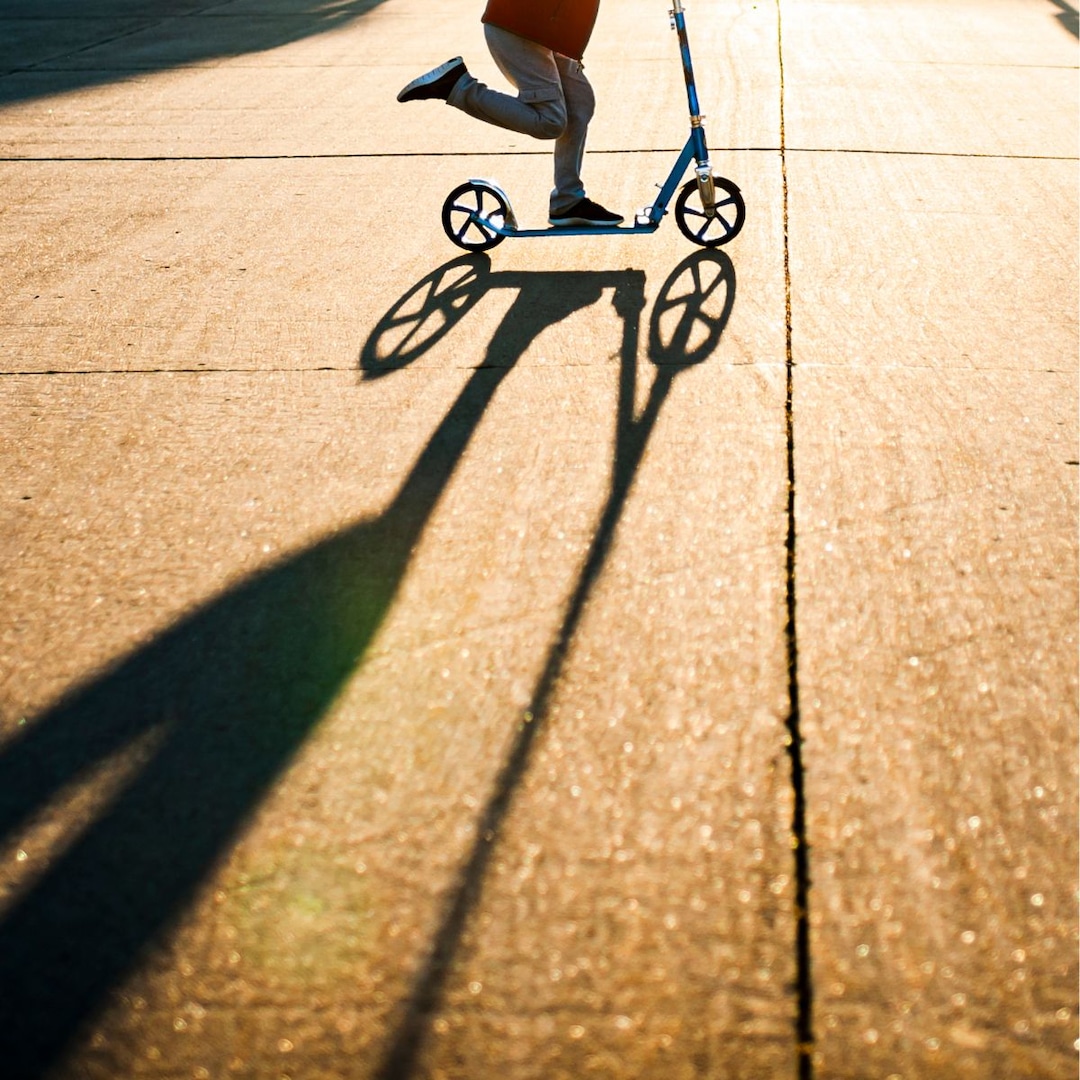
As kids get bigger, they want to be on the move and be more independent. And a bicycle or a scooter can help them do that fast, while also giving them a chance to learn balance, braking, coordination, and more gross motor skills. To help you choose the best bike and/or scooter for your little one, whether they be a toddler or a big kid, I’ve put together a list of my favorites as a parent and ones that I’ve heard a lot about on the parent forums. From a balance bike to a kickboard scooter, read on for my top picks.
How to Choose a Scooter
Scooters are a fun tool that can help kids learn key skills before they graduate to a bike. When shopping, consider:
-
Steering: There are two kids scooter options (kickboard and kick), and they differ when it comes to steering. A kick scooter turns when you turn the handlebars in the direction you’d like to go, which is standard in most scooters for bigger kids. Kickboard scooters (originated by Micro Kickboard) turn when a child leans their body in that direction and can allow younger kids more stability on their ride.
-
Foldability: Scooters that are foldable are easier to carry and transport (obvi). Just remember, there will be times when your child is tired of scooting and you’ll have to lug the scooter around yourself (this is me all the time), so an easy-to-fold option is always handy.
When Can Kids Start to Ride a Scooter?
Typically, kids 2 years old and up can balance on a scooter. And, depending on their coordination, you can choose between two-wheel and three-wheel options, with the three-wheelers giving you more balance. Each child is different, so the American Academy of Pediatrics recommends keeping a close eye on kids until they’re 8 years old. Also to note, the AAP also suggests that children under the age of 16 should not ride an electric scooter, so I’ve kept them off this list.
How to Choose a Bike
If your kid is ready for a bike, look at these considerations:
- Size: When choosing a bike, it’s best to look at your child’s size. They should be able to sit on the seat with their feet flat on the ground and their knees slightly bent. Each bike has their own size and fit guide, so always consult with the brand before purchase.
- Adjustability: Keep an eye on adjustability. Since kids grow so fast, bikes with adjustable handlebars and seats will save you from upgrading every year.
- Balance vs. Pedals: A balance bike (one without pedals) can help build a child’s confidence and develop skills before they set off on a big kid’s bike. Some balance bikes can even be ridden by little ones who have just learned how to walk (they have thick wheels and allow the child to push themselves along). Whether you’d like to try the standard bike with pedals and training wheels or a balance bike, is a matter of preference for you and your child.
When Can Kids Start to Riding a Bike?
Balance bike options are available for babies as small as 6 months, as long as they can safely support themselves. But, once kids turn 2 to 3 years old, they generally have greater strength and coordination to try riding a bike.
